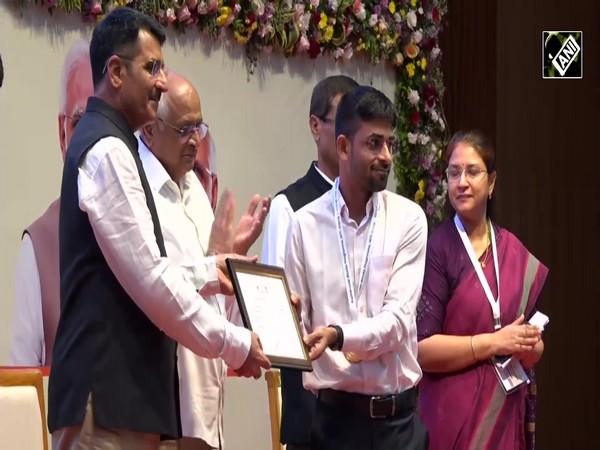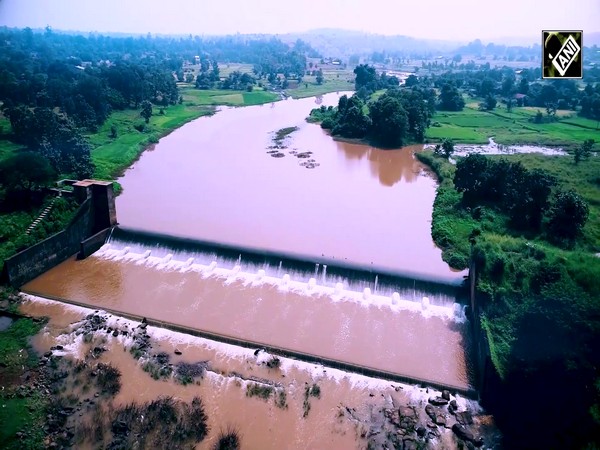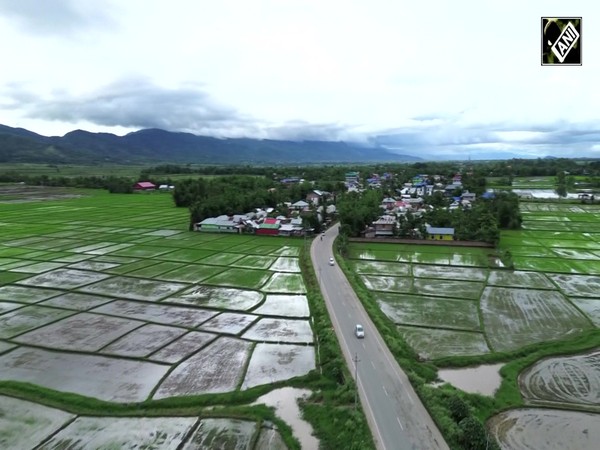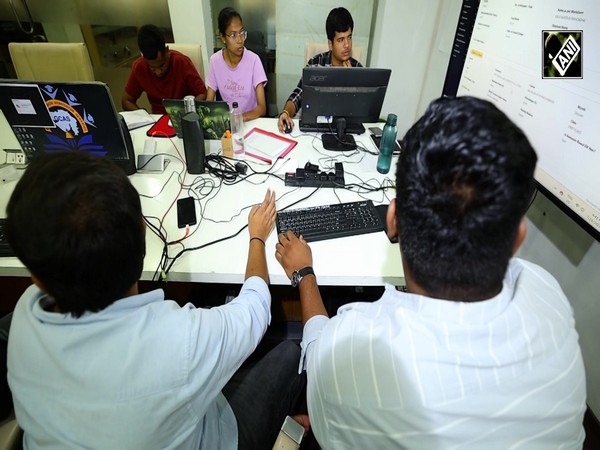India sets global example with ban on single-use plastic items
Jul 15, 2022

New Delhi [India], July 15 : With the ban on select single-use plastic items from this month, India has set a global example in the fight against plastic pollution.
Single-use plastics are typically items that are discarded after being used only once and do not go through the recycling process.
Heavy usage of plastics across the world has caused quite a lot of menace, governments and various global regulatory bodies are trying hard to arrest it.
While globally people are busy trying to find a solution to tackle this situation, India has a
per capita plastic consumption of 11 kg compared to the global average of plastic per
capita consumption is 28 kg, revealed a report on plastic waste management by the
Indian Housing and Urban Affairs Ministry.
India has banned the manufacture, import, stocking, distribution, sale and use of
identified single-use plastic items, which have low utility and high littering potential, all across the country from July 1, 2022.
The ban on the manufacture, import, stocking, distribution, sale and use of identified single-use plastic items, which have low utility and high littering potential, has come into force from July 1.
The list of banned items includes - earbuds with plastic sticks, plastic sticks for balloons, plastic flags, candy sticks, ice-cream sticks, polystyrene (thermocol) for decoration, plastic plates, cups, glasses, cutlery such as forks, spoons, knives, straw, trays, wrapping or packing films around sweet boxes, invitation cards, cigarette packets, plastic or PVC banners less than 100 micron, stirrers.
India's Central Pollution Control Board (CPCB) Report (2019-20) stated that 3.5 million metric tonnes of plastic waste are generated in India annually. The CPCB in its report on "Impact of Plastic Waste Disposal on Soil and Water Quality at Lucknow Dumpsites" had found that dumping of plastic waste can deteriorate soil and underground water quality due to leaching of additives, colourants, stabilizers and fillers present in the different categories of plastic products.
Globally, plastic pollution has emerged as a serious menace in the absence of streamlined PWM focusing on reuse, reduction and recycling of plastic waste. The global recycling percentage is low, only 9 per cent, and this calls for immediate and integrated actions to manage plastic globally and focus on recycling or upcycling.
All developed and developing countries are individually taking actions to manage plastic waste, but the onus is mainly on developing countries.
Plastic was first invented in 1907, and given that it was cheaper and more convenient than other materials, it soon found use in varied ways in our daily lives.
Today, plastic is present in almost everything, from our money to electronic appliances and it is used across multiple sectors, including packaging, building, construction, transportation, industrial machinery and health among others.
From 1950 to 2015, around 8.3 billion metric tonnes (BMTs) of plastic had been produced globally, and of this, 80 per cent - 6.3 BMTs - was accounted as plastic waste.
Plastic pollution soared from two million tonnes in 1950, to 348 million tonnes in 2017, becoming a global industry valued at $522.6 billion, said United Nations Environment Programme (UNEP). It is expected to double in capacity, by 2040.
In India, the Plastic Waste Management Rules of 2016 and 2018 and the recently announced amendment of 2021 focus on single-use plastics. The rules detail the various categories of plastics and recommend recycling methods based on the type of plastic polymer used.
In addition, industries generating plastic waste, commonly known as preconsumer waste, need as much attention as post-consumer waste. Various manufacturing industries across the globe produce 400 million tonnes of plastic waste per year, with the packaging industry being the largest contributor.
According to a report by the Federation of Indian Chambers of Commerce and Industry (FICCI),40 per cent of the packaging needs in India are fulfilled using plastic. The Plastic Waste Management Rules, 2016 and 2018, mention the extended producer responsibility (EPR) approach, which gives producers substantial responsibility (financial and/or physical) for the treatment and disposal of post-consumer plastic waste.
To address the challenge of the mounting waste crisis in the country, India started setting up its regulatory framework on waste management almost two decades ago.
In 2000, the Ministry of Environment, Forests and Climate Change notified the first-ever law on waste management in the form of the Municipal Solid Wastes (Management and Handling) Rules.10 Since then, the country's waste management regulations have developed in several aspects and undergone a massive transformation.
The Plastic Waste Management Amendment Rules in the country also prohibit the manufacture, import, stocking, distribution, sale and use of plastic carry bags having a thickness less than 75 microns with effect from September 30, 2021, and having a thickness less than 120 microns with effect from December 31, 2022.
The adverse impacts of littered single-use plastic items plastic on both terrestrial and aquatic ecosystems, including in the marine environment are globally recognized.

















